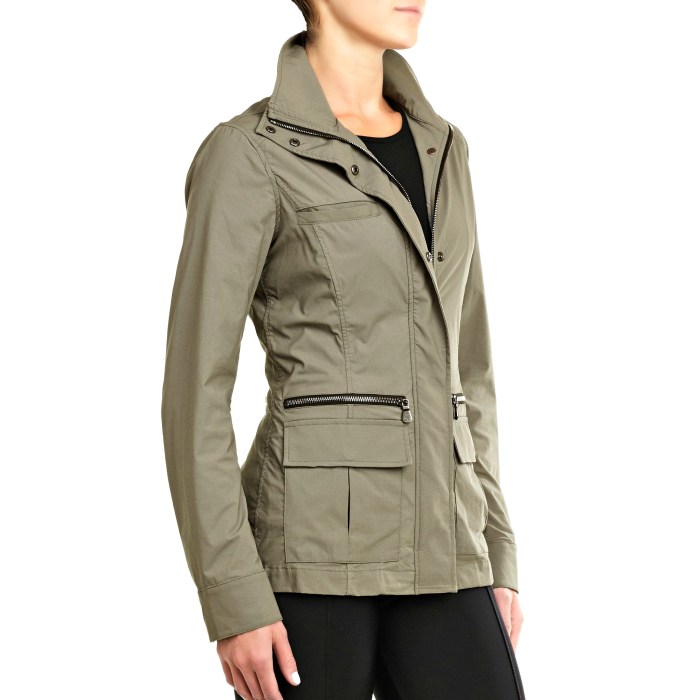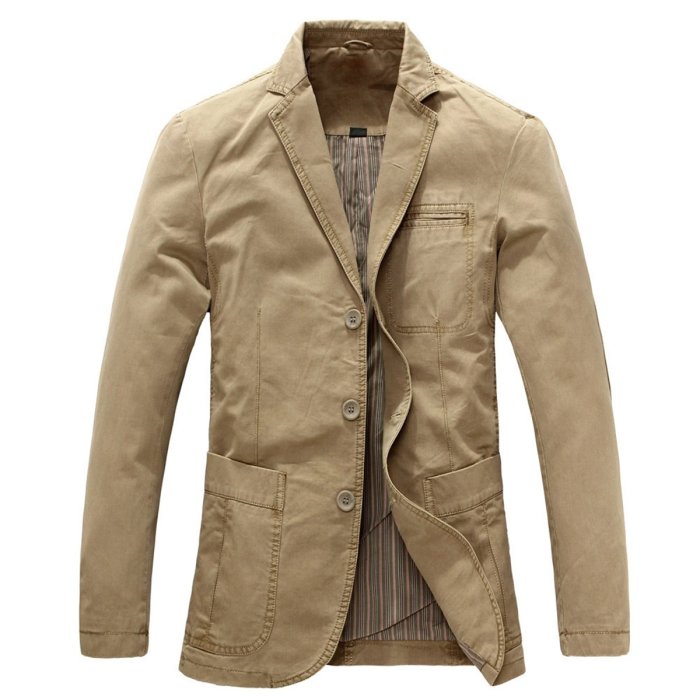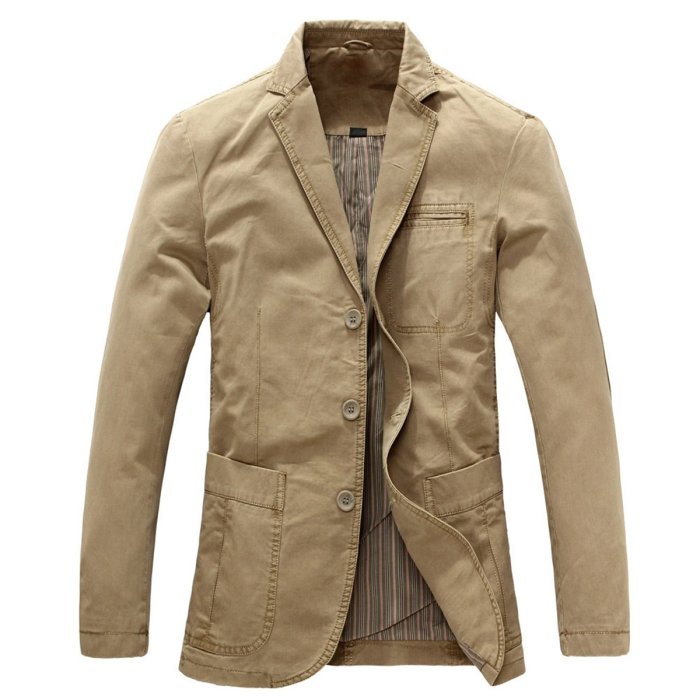Lightweight jacket for travel – Lightweight jackets are a must-have for any traveler, offering versatility, comfort, and protection from the elements. Whether you’re exploring a new city or embarking on an outdoor adventure, the right lightweight jacket can make all the difference.
In this comprehensive guide, we’ll delve into the essential features of a lightweight jacket for travel, discuss packability and storage techniques, explore the importance of versatility and style, and provide tips on choosing the right insulation, pockets, and accessories. We’ll also cover sustainability, brand reputation, price considerations, and provide recommendations for the best jackets for different travel needs and budgets.
Lightweight Jacket Features
When selecting a lightweight jacket for travel, certain features are essential for comfort and functionality. These include breathability, moisture-wicking capabilities, and weather resistance.
Lightweight jackets are typically made from materials such as nylon, polyester, or a blend of both. These materials are known for their durability, water resistance, and ability to wick away moisture. Some jackets may also incorporate a breathable membrane, such as Gore-Tex, to enhance breathability and weather protection.
Breathability
Breathability refers to a fabric’s ability to allow air to pass through, helping to regulate body temperature and prevent overheating. When traveling, you may encounter a range of temperatures and activities, so a breathable jacket is essential for staying comfortable.
Moisture-Wicking
Moisture-wicking fabrics draw sweat away from the body, keeping you dry and comfortable. This is especially important when traveling in humid or warm climates, as it helps prevent sweat buildup and chafing.
Weather Resistance
Weather resistance refers to a fabric’s ability to repel water and wind. A lightweight jacket with weather resistance can protect you from light rain and wind, making it suitable for unpredictable weather conditions during travel.
Packability and Storage
When traveling, packability is crucial for maximizing luggage space and minimizing weight. A lightweight jacket should be designed to pack compactly, taking up minimal room in your suitcase or backpack.
There are various techniques for packing a lightweight jacket compactly. One effective method is the “rolling” technique. Spread the jacket flat, fold the sleeves inward, and then roll it tightly from the bottom up. This creates a compact cylinder that fits easily into small spaces.
Storage and Care
Proper storage and care are essential to maintain the condition of your lightweight jacket while traveling. Store the jacket in a dry, well-ventilated place, avoiding areas with excessive moisture or sunlight.
If the jacket becomes wet, hang it to dry immediately. Do not put it in the dryer, as this can damage the fabric or insulation. If necessary, you can hand-wash the jacket in lukewarm water with a mild detergent. Rinse thoroughly and air dry.
Versatility and Style: Lightweight Jacket For Travel
Lightweight jackets are incredibly versatile and can be styled for a variety of travel scenarios. They can be worn as a standalone outer layer in mild weather or as an extra layer under a coat or shell in colder temperatures.
They can also be dressed up or down, making them suitable for both casual and formal occasions.When choosing a lightweight jacket for travel, it is important to consider your personal style and the types of activities you will be engaging in.
If you are looking for a jacket that can be dressed up or down, opt for a classic style in a neutral color such as black, navy, or gray. If you are looking for a jacket that is more casual, consider a bomber jacket or a denim jacket.No
matter what your style or travel plans, there is a lightweight jacket that is perfect for you. With its versatility and style, a lightweight jacket is a must-have for any traveler.
Styling Lightweight Jackets
Lightweight jackets can be styled in a variety of ways, depending on the occasion. For a casual look, pair a lightweight jacket with jeans and a t-shirt. For a more formal look, pair a lightweight jacket with dress pants and a button-down shirt.
Lightweight jackets can also be worn with skirts, dresses, and shorts.When styling a lightweight jacket, it is important to consider the color and pattern of the jacket. A solid-colored jacket can be paired with a variety of outfits, while a patterned jacket can add a touch of personality to your look.No
matter how you choose to style it, a lightweight jacket is a versatile and stylish piece that can be worn for a variety of occasions.
Warmth and Insulation
Lightweight jackets provide varying levels of warmth and insulation, depending on the type of insulation used. Understanding the different types of insulation and their characteristics is crucial for choosing a jacket that suits your travel needs.
Synthetic Insulation
Synthetic insulation, such as polyester or nylon, is a popular choice for lightweight jackets. It is relatively inexpensive, durable, and provides good warmth-to-weight ratio. Synthetic insulation also retains its insulating properties even when wet, making it suitable for travel in unpredictable weather conditions.
Down Insulation
Down insulation, obtained from the feathers of waterfowl, is known for its exceptional warmth-to-weight ratio. It is highly compressible, allowing jackets to pack down to a small size for easy storage. However, down insulation loses its insulating properties when wet, making it less suitable for travel in humid or rainy environments.
Choosing the Right Insulation
When selecting a lightweight jacket for travel, consider the following factors:
- Destination:Choose synthetic insulation for destinations with unpredictable weather or high humidity, while down insulation is suitable for cold, dry environments.
- Activity level:For high-activity travel, synthetic insulation is more breathable and allows for better moisture management.
- Budget:Synthetic insulation is generally more affordable than down insulation.
Pockets and Functionality
Pockets are essential features of a travel jacket, providing convenient storage for essential items while on the go. Different types of pockets cater to specific needs, offering versatility and functionality.
External pockets, such as zippered hand pockets, allow quick access to frequently used items like your phone, wallet, or passport. Internal pockets, including mesh pockets or secure zip pockets, provide secure storage for valuables like your travel documents or electronics.
Organization and Accessibility
- Zippered pockets:Secure storage for valuables, preventing loss or theft.
- Mesh pockets:Breathable and visible, ideal for storing items that need to be aired out, such as wet wipes or snacks.
- Multiple pockets:Variety of sizes and locations for organized storage, keeping essentials within easy reach.
- Internal D-rings or clips:Attachment points for keys, lanyards, or other small accessories, ensuring they don’t get lost.
By carefully considering the types and placement of pockets, you can optimize the functionality of your travel jacket and keep your belongings organized and accessible during your journey.
Waterproof and Water-Resistant Options
Understanding the difference between waterproof and water-resistant jackets is crucial for choosing the right one for your travel needs. Waterproof jackets provide complete protection against moisture, while water-resistant jackets offer varying degrees of resistance.
Waterproof jackets are typically made with a waterproof membrane, such as Gore-Tex or eVent, that prevents water from penetrating the fabric. They are ideal for activities in heavy rain or wet environments, ensuring you stay dry and comfortable.
Benefits of Waterproof Jackets
- Complete protection from rain and moisture
- Suitable for extreme weather conditions
- Keep you dry and comfortable in wet environments
Drawbacks of Waterproof Jackets
- Can be less breathable, leading to overheating
- May be more expensive than water-resistant jackets
Water-resistant jackets, on the other hand, repel water to some extent but are not fully waterproof. They are treated with a water-repellent coating that beads water droplets, preventing them from soaking into the fabric. Water-resistant jackets are suitable for light rain or drizzle, but they may not provide adequate protection in heavy downpours.
Benefits of Water-Resistant Jackets
- More breathable than waterproof jackets
- Lightweight and packable
- Suitable for light rain or drizzle
Drawbacks of Water-Resistant Jackets
- Not fully waterproof
- May not be suitable for extreme weather conditions
When choosing between a waterproof and water-resistant jacket, consider your travel destination and the expected weather conditions. If you anticipate heavy rain or wet environments, a waterproof jacket is the best option. If you expect light rain or drizzle, a water-resistant jacket may suffice.
Sustainability and Eco-Friendliness
In today’s environmentally conscious travel landscape, sustainability is paramount. Choosing eco-friendly gear is crucial for minimizing our impact on the planet. Lightweight jackets made from recycled materials, organic fabrics, and low-impact manufacturing processes are becoming increasingly available.
Materials
Look for jackets made from recycled polyester, nylon, or wool. These materials are derived from post-consumer waste, reducing the need for virgin resources. Organic cotton and bamboo are renewable and biodegradable alternatives to traditional fabrics.
Manufacturing
Eco-friendly manufacturing practices include reducing water and energy consumption, using non-toxic dyes, and minimizing waste. Look for certifications such as Bluesign or Oeko-Tex to ensure ethical and sustainable production.
Choosing a Sustainable Jacket
Consider the following tips when selecting an eco-friendly lightweight jacket:
- Choose jackets made from recycled or organic materials.
- Look for certifications that verify sustainable manufacturing practices.
- Opt for jackets with minimal packaging and accessories.
- Consider the jacket’s end-of-life options, such as recycling or composting.
By embracing sustainability, we can travel responsibly and reduce our environmental footprint.
Accessories and Enhancements
Lightweight jackets often incorporate accessories that enhance their functionality and comfort. These accessories can range from hoods to drawcords to zippers, each offering unique benefits.
Hoods
Hoods provide additional protection from the elements, shielding the head and neck from rain, wind, and cold. They can be adjustable to fit snugly and keep out drafts. However, hoods can add bulk and restrict peripheral vision.
Drawcords
Drawcords allow for customization of the jacket’s fit. They can be cinched at the waist or hem to create a more tailored look or to keep out cold air. Drawcords can also be used to adjust the hood’s tightness.
Zippers
Zippers are a convenient way to put on and take off the jacket. They also allow for ventilation by partially unzipping the jacket when needed. However, zippers can be prone to snagging or breaking, especially if not made from durable materials.
A lightweight jacket is an essential travel companion, providing warmth and protection without adding bulk. Whether you’re embarking on an 80s cruise 2024 or simply exploring a new city, a lightweight jacket will keep you comfortable and stylish. Look for jackets made from breathable fabrics that pack easily into your luggage, ensuring you’re prepared for any weather conditions.
Brand and Reputation

When selecting a lightweight jacket for travel, the brand’s reputation plays a pivotal role in ensuring quality, reliability, and durability. Reputable brands have established a track record of producing high-performance gear that meets the specific needs of travelers.
Numerous brands specialize in travel gear, each offering unique features and expertise. Some of the most renowned brands include:
Reputable Brands and Offerings
- Patagonia:Known for its commitment to sustainability and ethical practices, Patagonia offers a range of lightweight jackets designed for outdoor adventures.
- Arc’teryx:Specializing in technical outdoor gear, Arc’teryx provides lightweight jackets that combine performance, durability, and style.
- The North Face:A leading brand in outdoor apparel, The North Face offers a wide selection of lightweight jackets tailored to various travel needs.
- Marmot:Focused on delivering warmth and protection, Marmot’s lightweight jackets are ideal for cold-weather travel.
- Columbia:Renowned for its waterproof and breathable technologies, Columbia offers lightweight jackets that keep travelers dry and comfortable in wet conditions.
Price and Value
Lightweight jackets for travel come in a wide range of prices, from budget-friendly options to high-end designer pieces. The price of a jacket will typically depend on several factors, including:
Materials
- The type of materials used in the construction of the jacket will impact its price. Natural materials like wool and down tend to be more expensive than synthetic materials like polyester and nylon.
- The quality of the materials will also affect the price. A jacket made from high-quality materials will typically be more expensive than one made from lower-quality materials.
Features
- The number and type of features a jacket has will also affect its price. A jacket with a lot of features, such as multiple pockets, a hood, and a zip-off liner, will typically be more expensive than a jacket with fewer features.
Brand
- The brand of a jacket can also affect its price. Jackets from well-known brands tend to be more expensive than jackets from lesser-known brands.
When choosing a lightweight jacket for travel, it is important to consider your budget and your needs. If you are on a tight budget, there are several affordable options available. However, if you are looking for a jacket that will last for many years, you may want to invest in a higher-quality jacket from a reputable brand.
Comparison and Recommendations

To assist in making an informed decision, we present a comparative analysis of various lightweight jackets based on their features, pricing, and brands. Furthermore, we provide tailored recommendations to guide your selection based on specific travel requirements and budgetary constraints.
The following table summarizes the key characteristics of each jacket, enabling you to make an informed choice that aligns with your needs:
Comparison Table, Lightweight jacket for travel
| Feature | Jacket A | Jacket B | Jacket C |
|---|---|---|---|
| Packability | Compresses into a small pouch | Folds into its own pocket | Can be rolled up tightly |
| Warmth | Insulated with synthetic fill | Down-filled for superior insulation | Lightweight fleece lining |
| Waterproof | Yes, with a waterproof membrane | Water-resistant treatment | No, not waterproof |
| Pockets | Two zippered hand pockets | Multiple pockets, including a chest pocket | One interior security pocket |
| Price | $100 | $150 | $75 |
| Brand | Outdoor Research | Patagonia | Columbia |
Recommendations
Based on the comparative analysis, we recommend the following jackets for different travel needs and budgets:
- Best for warmth:Jacket B (Patagonia) offers exceptional insulation with its down fill, making it ideal for cold weather destinations.
- Best for packability:Jacket A (Outdoor Research) compresses into a compact pouch, making it easy to pack and store in limited luggage space.
- Best for value:Jacket C (Columbia) provides a balance of features and affordability, making it a great option for budget-conscious travelers.
Outcome Summary
Choosing the right lightweight jacket for travel is essential for a comfortable and enjoyable trip. By considering the factors discussed in this guide, you can find a jacket that meets your specific needs and preferences, ensuring that you’re prepared for any adventure that comes your way.
Expert Answers
What are the key features to look for in a lightweight jacket for travel?
Breathability, moisture-wicking, weather resistance, packability, and versatility.
How can I pack a lightweight jacket compactly?
Roll it tightly, use compression straps, or stuff it into a packing cube.
What type of insulation is best for a lightweight jacket?
Synthetic insulation is generally more affordable and durable, while down insulation is lighter and warmer.
Are waterproof and water-resistant jackets the same?
No, waterproof jackets are completely impermeable to water, while water-resistant jackets can repel water to some extent but are not fully waterproof.
How can I choose a lightweight jacket that aligns with sustainable values?
Look for jackets made from recycled materials or produced using environmentally friendly processes.



